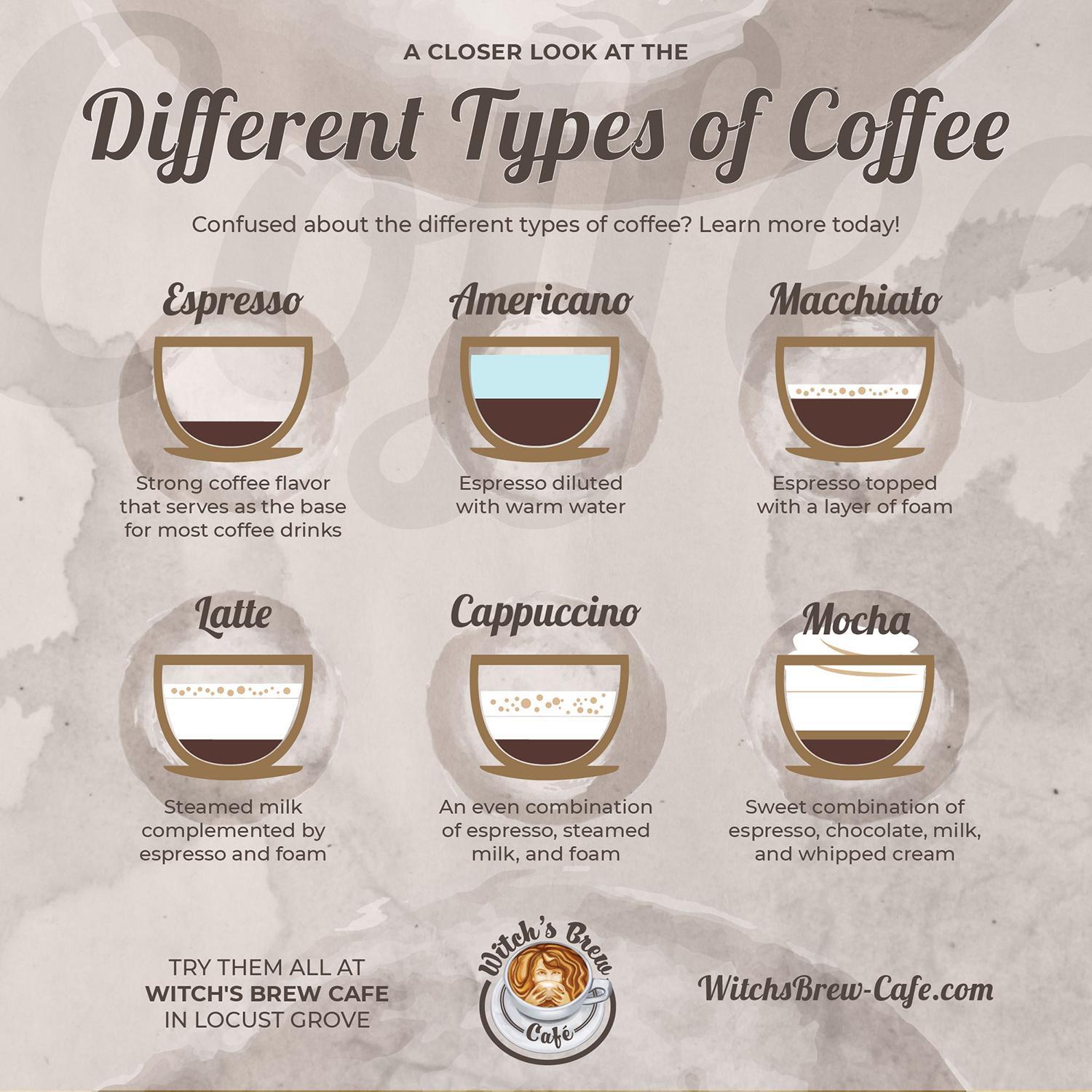As a passionate coffee lover, I’ve often wondered, What truly distinguishes coffee from espresso? While both beverages are crafted from the same beans, they vary significantly in taste, texture, and caffeine content. The key lies in their unique preparation methods, brewing styles, and serving preferences. Uncover the advanced capabilities of the Philips 5500 LatteGo review
Coffee and espresso are both derived from Arabica or Robusta beans and brewed by combining ground beans with water. However, their brewing techniques, grind sizes, and flavor profiles set them apart. Understanding these differences will help you savor each drink more fully, whether you’re a casual coffee drinker or an espresso aficionado. Get a closer look at the features of the Philips 5400 LatteGo review
Brewing Methods: The Key Difference
The fundamental distinction between coffee and espresso is in how they’re brewed, which directly impacts their flavor, texture, and caffeine levels. Explore our top picks in the Best Automatic Espresso Machine review
For regular coffee, common brewing methods include drip coffee makers, pour-over setups, or the French press. These methods involve allowing hot water to filter through coarser grounds over several minutes. The outcome is a smoother, milder drink that’s widely enjoyed. Find the perfect machine to beat the heat in the Best Iced Coffee Maker review
Espresso, on the other hand, is prepared by forcing nearly boiling water through finely ground coffee under about 9 bars of pressure. This high-pressure process takes only 25–30 seconds and results in a small, concentrated shot with a bold flavor and a creamy, golden layer called crema. Dive into the best options for making lattes in the Best Latte Maker review
If regular coffee is like a long, relaxing soak, espresso is more akin to a powerful, invigorating shower.
Grind Size and Bean Consistency
The grind size is pivotal in determining the outcome of coffee and espresso.
For regular coffee, a coarser grind is ideal. The slower brewing process requires this consistency to extract flavors evenly without over-extraction, which can cause bitterness.
Espresso, in contrast, calls for a finer grind. This allows for maximum flavor extraction during the brief, high-pressure brewing process. The result is a dense, flavor-packed shot.
I learned this lesson firsthand when I mistakenly used a coarse grind to make espresso at home. The weak and watery result taught me the importance of using the right grind size for each brewing method.

Flavor Profiles: Smooth vs. Bold
One of the things I love most about coffee is its versatility in flavor. A pour-over can reveal delicate floral notes, while a French press brings out rich, earthy tones. Regular coffee tends to be smooth, mild, and balanced due to the slower extraction process.
Espresso, however, offers an intense flavor experience. Its pressurized brewing method creates a bold, robust taste with a thicker texture. Depending on the beans, espresso can showcase complex notes of chocolate, nuts, or fruity undertones.
When I want a soothing beverage to savor slowly, I opt for coffee. But when I need a quick burst of flavor, espresso is my choice.
Caffeine Content: Ounce for Ounce
Espresso’s bold flavor might lead you to assume it contains more caffeine, but the reality is nuanced.
Espresso does have more caffeine per ounce. A single shot (1 ounce) contains about 63 milligrams of caffeine, whereas an 8-ounce cup of drip coffee has roughly 95 milligrams. However, because espresso is consumed in smaller portions, a full cup of coffee usually provides more caffeine overall.
For sustained energy, I’ll stick to a cup of coffee. But if I need a quick boost, a shot of espresso gets the job done.
Espresso’s Signature Crema
One feature that sets espresso apart is its crema—the golden-brown foam that crowns a well-made shot. This layer is created when pressurized water emulsifies the coffee’s natural oils, adding depth and texture.
Regular coffee lacks crema because it isn’t brewed under pressure. Personally, I find crema not only visually appealing but also a mark of a quality espresso shot.
Drink Versatility: Espresso Takes the Lead
Both coffee and espresso are delightful on their own, but espresso shines when it comes to versatility.
Coffee is typically enjoyed black or with milk but isn’t commonly used as a base for other beverages. Espresso, however, is the foundation for countless popular drinks, including lattes, cappuccinos, macchiatos, and Americanos. Its rich flavor pairs beautifully with steamed or frothed milk, making it the star of any café menu.
I love experimenting with different espresso-based recipes at home, customizing flavors and textures to suit my mood.

Conclusion: Coffee or Espresso?
While coffee and espresso share the same origins, their differences in brewing methods, grind sizes, and flavor profiles make them unique experiences. Coffee’s slow brewing yields a mild, smooth drink perfect for leisurely moments, while espresso’s intense, high-pressure extraction creates a bold, concentrated shot that’s ideal for a quick pick-me-up or as a base for creative drinks.
Ultimately, choosing between coffee and espresso depends on your mood and preference. For a relaxed and mellow experience, coffee is a classic choice. But for an intense, flavorful delight, espresso is unmatched. Personally, I enjoy alternating between the two, appreciating their distinct qualities and exploring the endless possibilities they offer in my daily coffee rituals.
